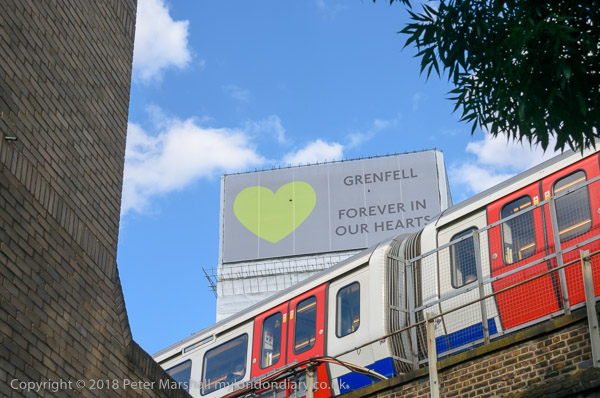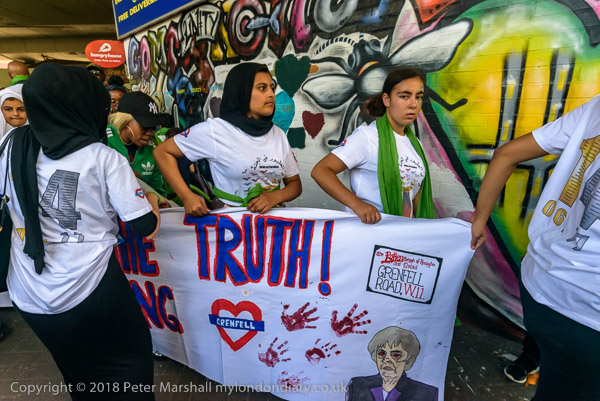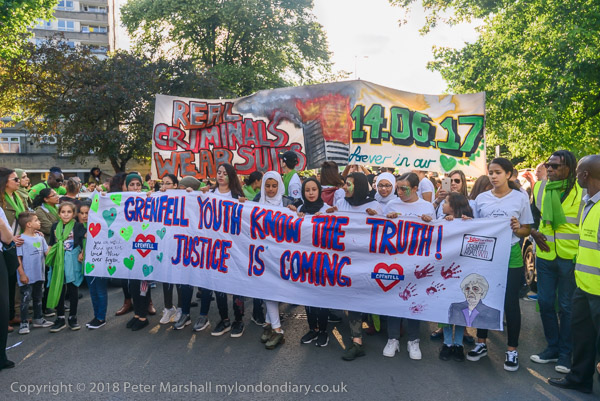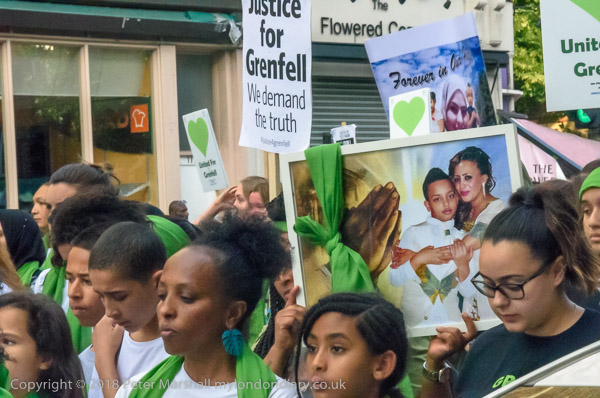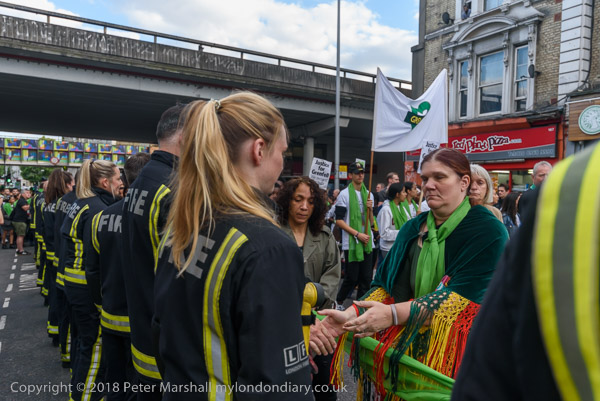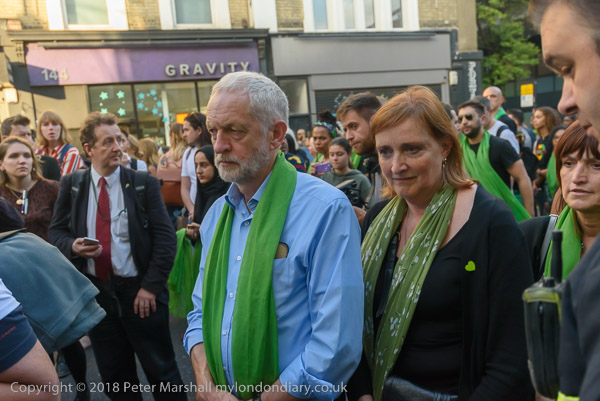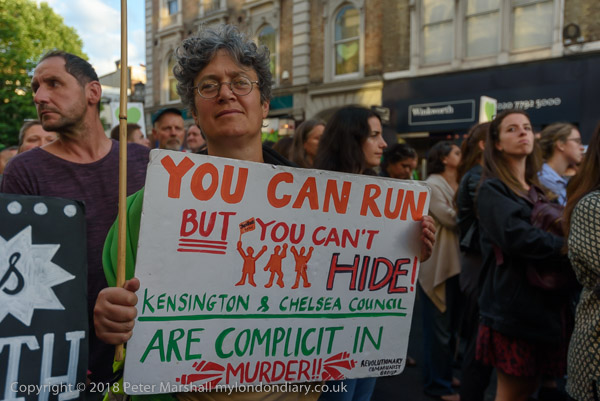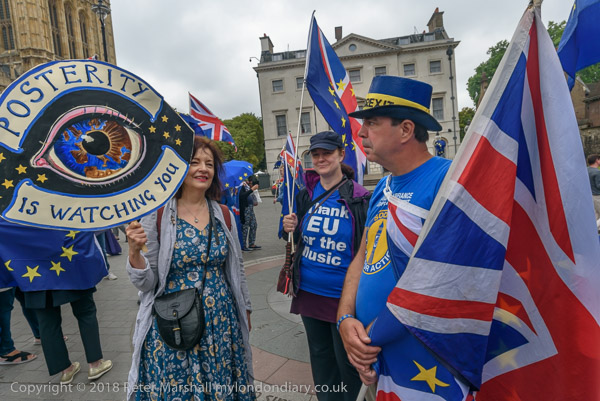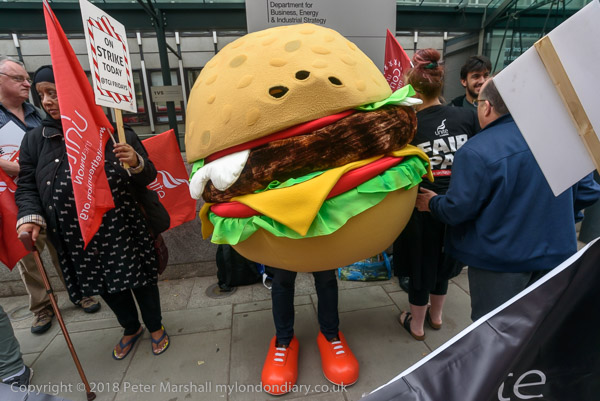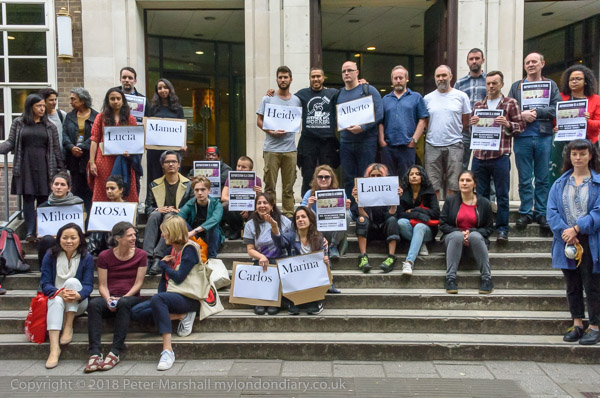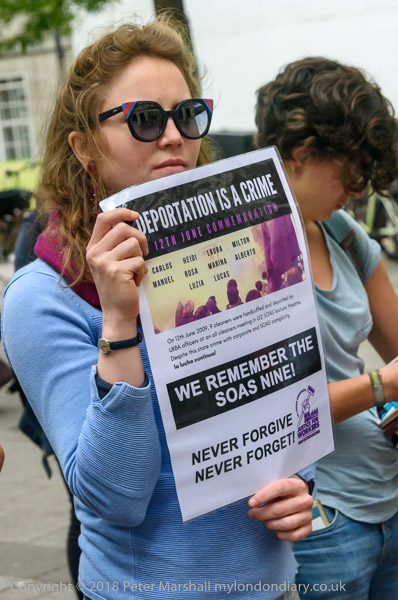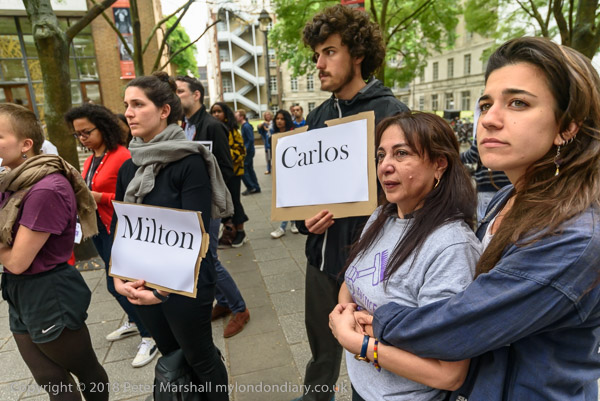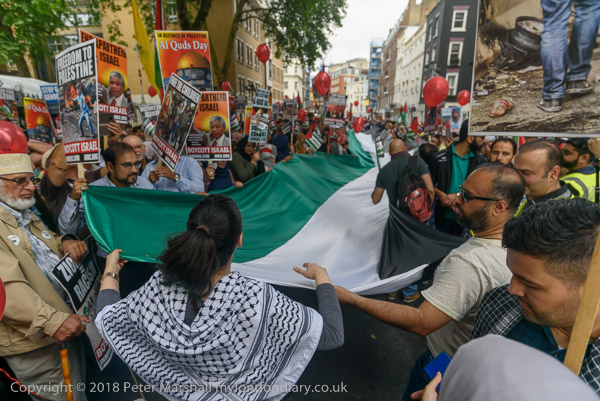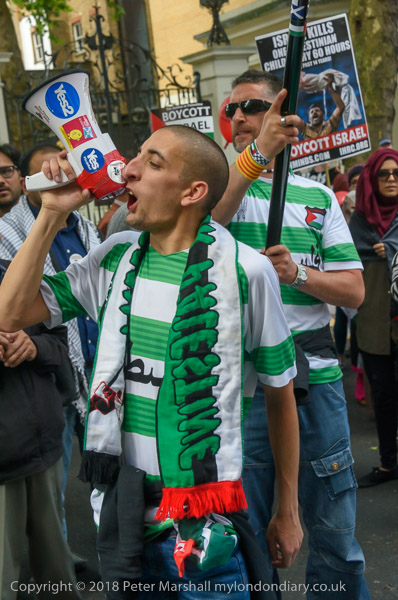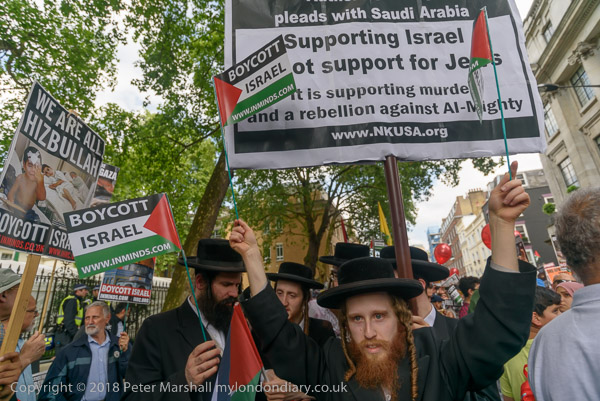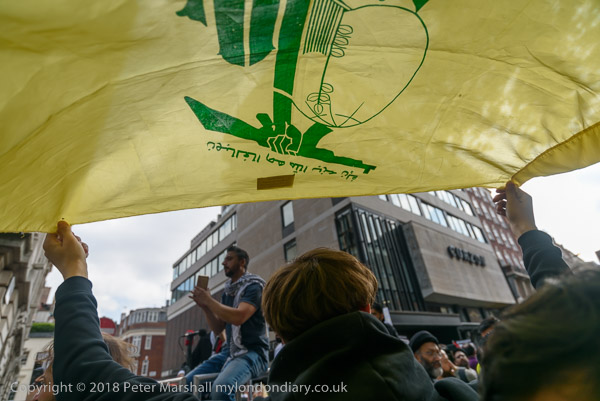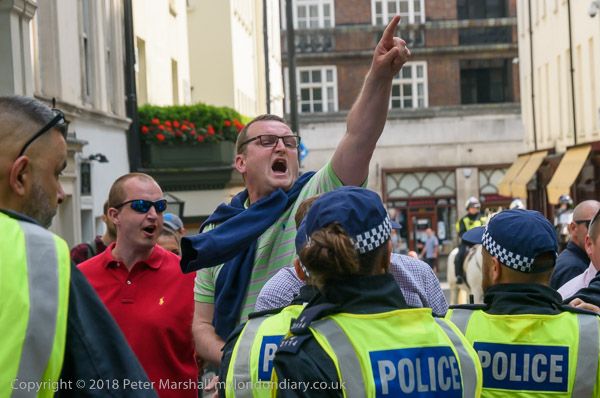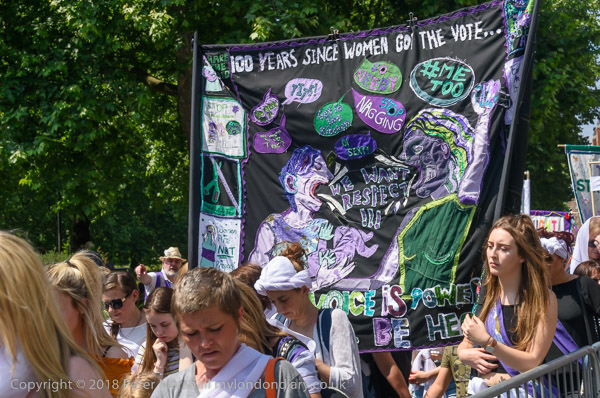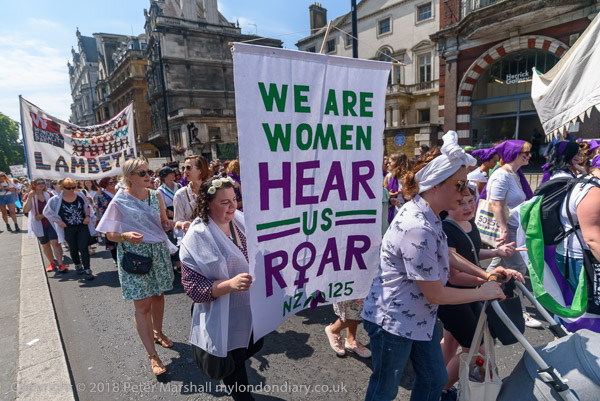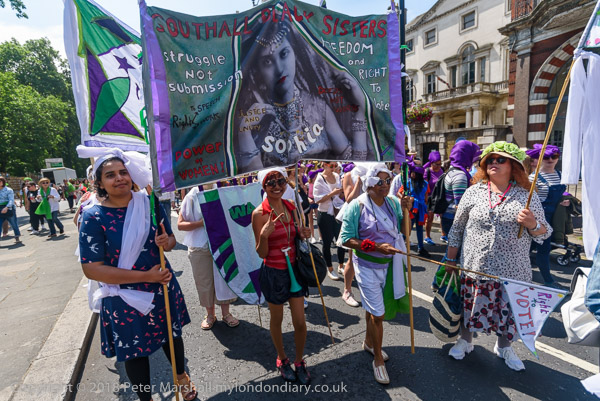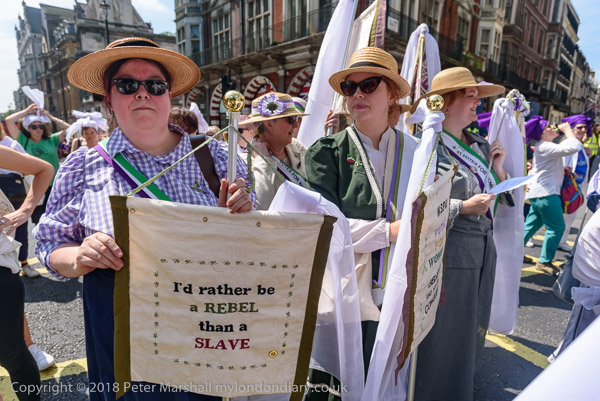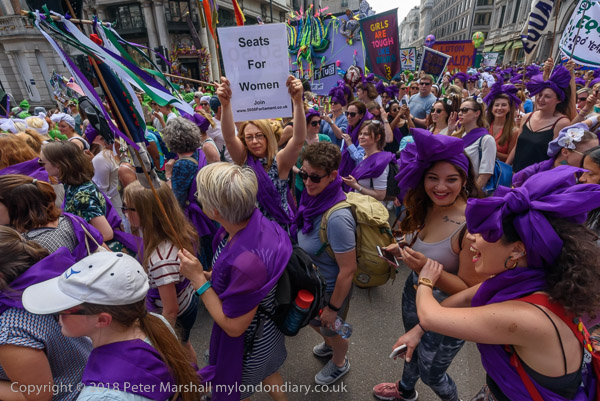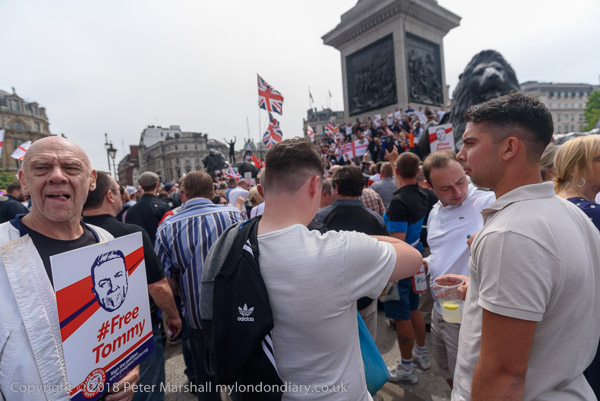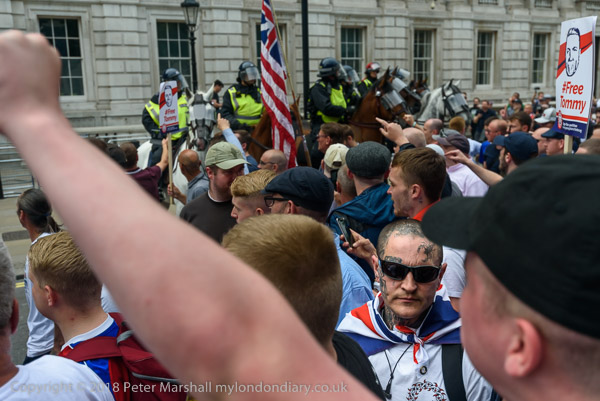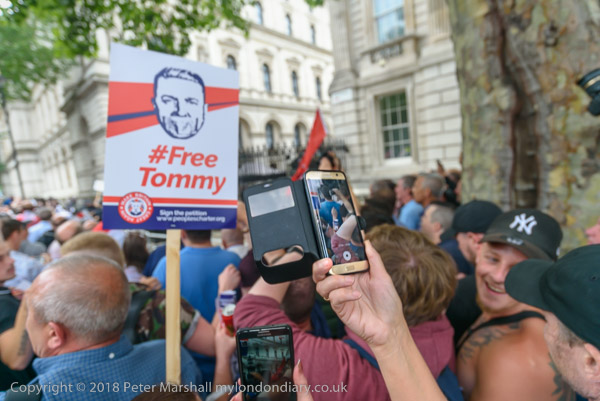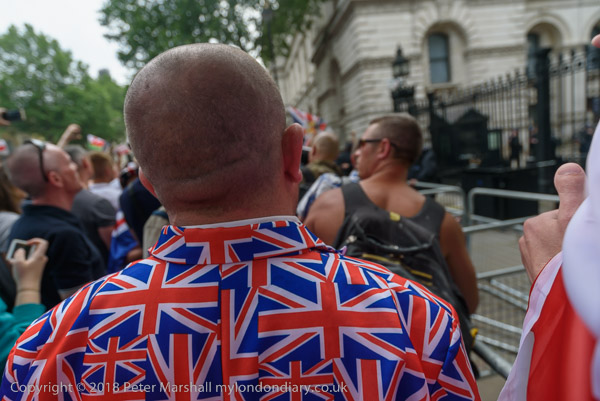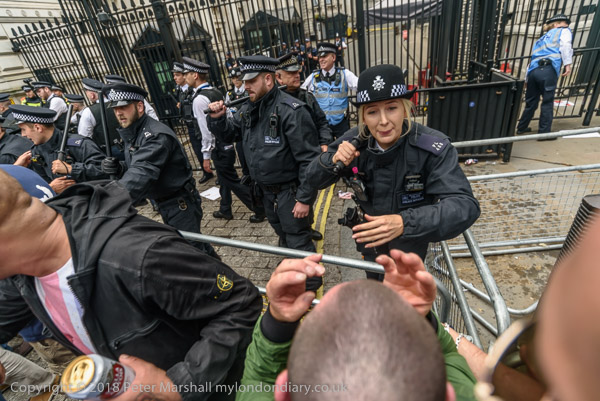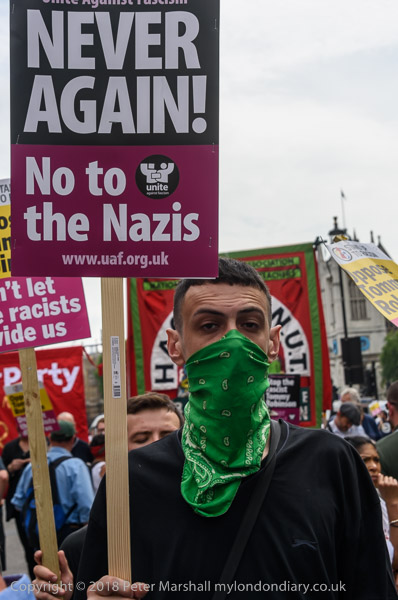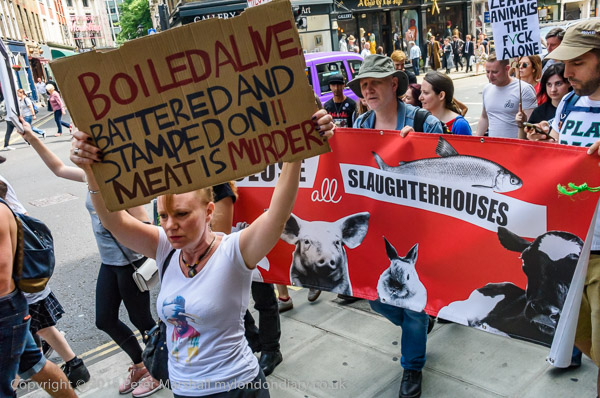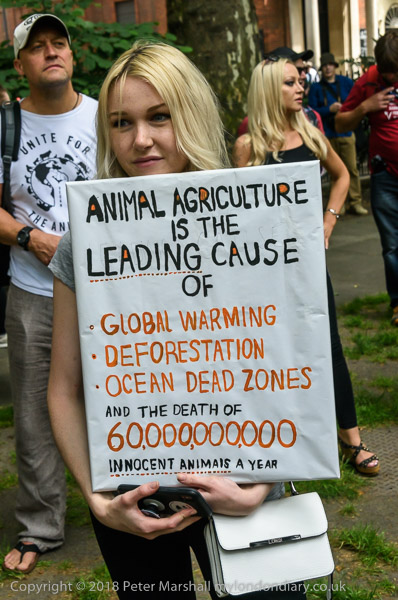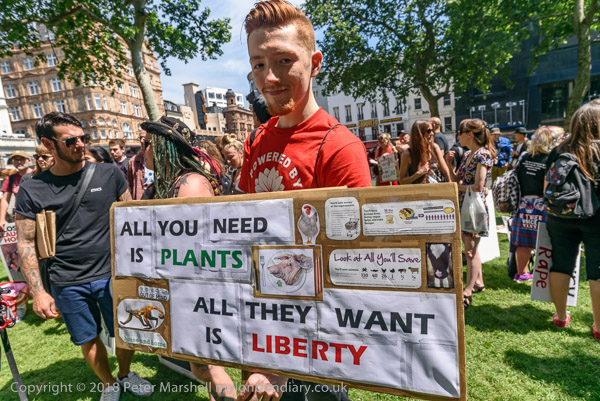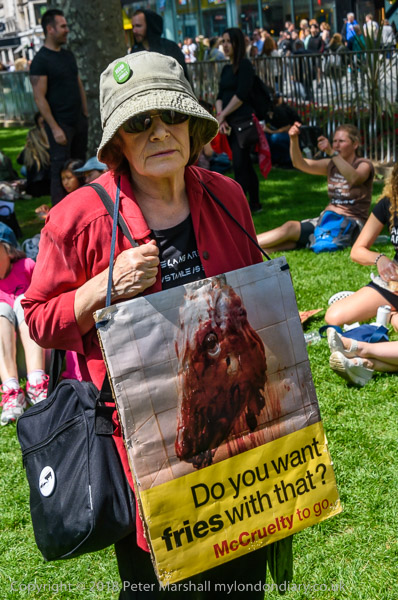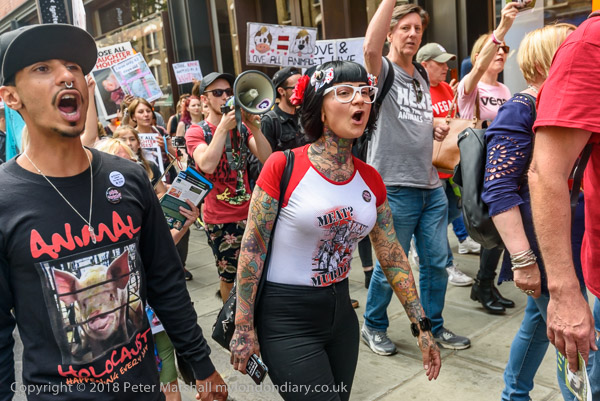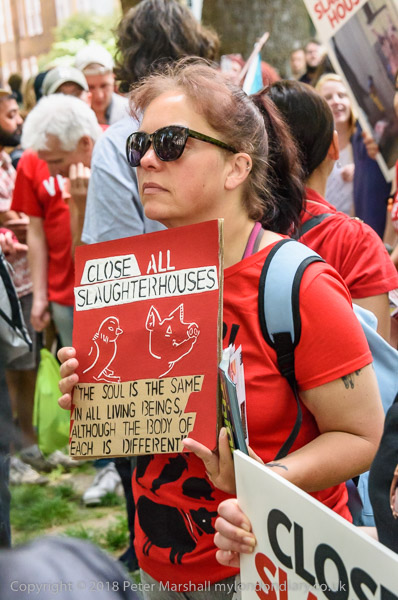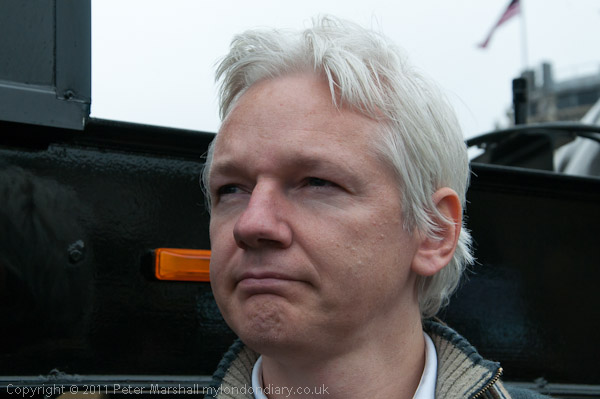
I didn’t warm to Julian Assange as a person when I briefly met him in 2011, but I guess he had other things on his mind. But when various allegations were made about his conduct with women in Sweden it did seem that a case was being constructed on rather flimsy ground – and later dropped – to try to enable the US authorities to get their hands on him. They wanted to lock him up in isolation for life for revealing illegal and immoral activities by the US military and security services to the world.
I’m a supporter of freedom of information, and think that Wikileaks is carrying out a great service in releasing information which the US and other governments were keeping hidden; Wikipedia comments: “Supporters of WikiLeaks in the media and academia have commended it for exposing state and corporate secrets, increasing transparency, supporting freedom of the press, and enhancing democratic discourse while challenging powerful institutions.”
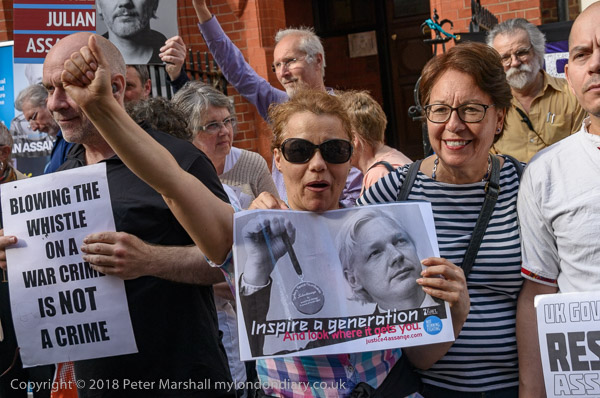
It came as a surprise to realise that Assange had been inside the Ecuadorian embassy in London for 6 years on 19th June 2018, though I have been there a number of times and photographed his supporters on the pavement opposite. Our government is too scared of upsetting the USA to allow Ecaudor some way to fly him to their country and has spent huge sums on security to prevent this happening. Ecuador has come under increasing pressure from the US to hand him over, and have for some months been refusing access to him and have taken away his internet connection – though recently announcing some limited access following a visit to the country by the UN Special Rapportuers for Freedom of Expression & Refugees, this does not yet appear to have been implemented.
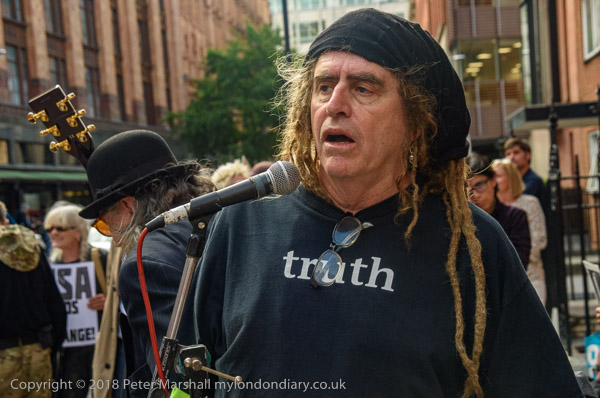
Ciaron O’Reilly
The BBC has been accused of publishing fake material and misleading statements in many of its reports on Assange – and certainly along with most other UK media has adopted a very negative attitude towards him. A recent article on the BBC website about the lengthy Special Protocol recently imposed by Ecuador on him quoted a statement clearly from a parody account as being by him. The new protocol appears to many to be designed to provide Ecuador with a pretext to withdraw diplomatic immunity in the event of some minor transgression of its draconian terms.
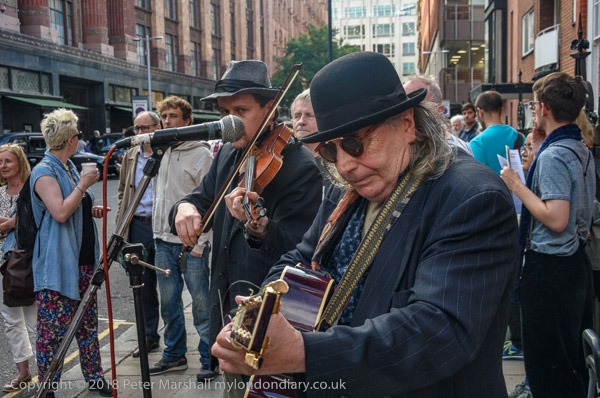
Joe Black
There was of course no sign of Julian Assange today, though Horvat Srecko, one of his friends and close associates did come to speak, and there were others there including well known peace and human rights campaigners, including Peter Tatchell and Ciaron O’Reilly.
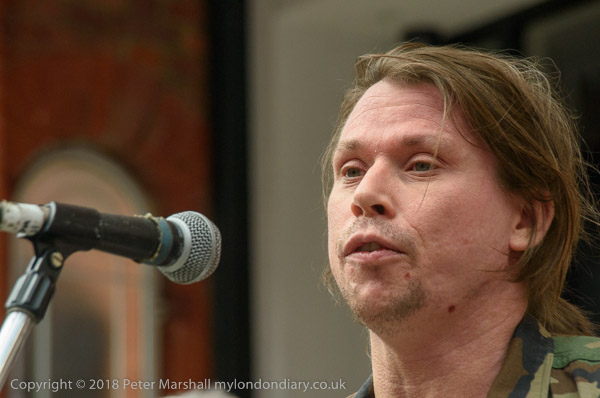
Lauri Love
Also speaking at the event was Lauri Love who fought a long and succesful battle against extradition the the USA on hacking charges – and had he lost would now be sitting in isolation in a small cell for the rest of his life.
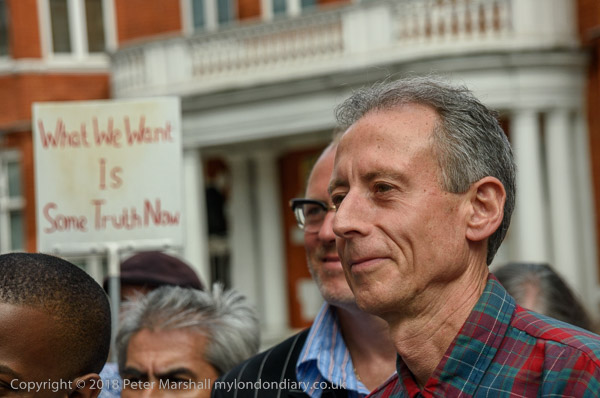
Peter Tatchell
The even attracted a small crowd, including many who have regularly come to show solidarity with Assange outside the embassy. Among them were a number of Ecuadorians who urge their government to continue to protect Assange.
Assange in Embassy for Six Years
______________________________________________________
There are no adverts on this site and it receives no sponsorship, and I like to keep it that way. But it does take a considerable amount of my time and thought, and if you enjoy reading it, a small donation – perhaps the cost of a beer – would be appreciated.
My London Diary : London Photos : Hull : River Lea/Lee Valley : London’s Industrial Heritage
All photographs on this and my other sites, unless otherwise stated, are taken by and copyright of Peter Marshall, and are available for reproduction or can be bought as prints.
To order prints or reproduce images
________________________________________________________
